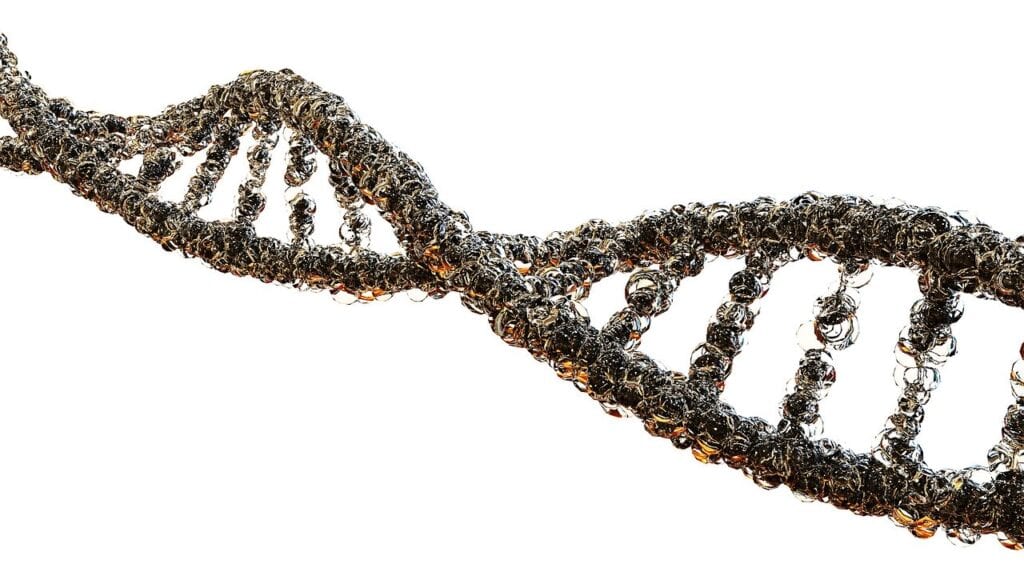CMT1A
Charcot-Marie-Tooth disease (CMT) has a few different subtypes. 60% of all patients diagnosed with type 1 of the rare disease have CMT1A. This subtype means patients have an duplicate copy of PMP22, a gene which works to create the PMP22 protein. This protein is responsible for helping to form the myelin sheath around neurons.
An excess production of this protein creates issues with the myelin sheath produced and ultimately causes defects to the neurons themselves.
Symptoms include muscle atrophy and general muscle weakness.
DTx Study
A study being conducted by DTx Pharma is focused on finding ways to reduce or eliminate the overproduction of PMP22.
Their goal was to find a therapeutic which would interfere with the protein building process within the PMP22 gene. They focused on siRNAs. These molecules bind to messenger RNA for a certain type of gene. siRNAs know which messenger RNA to bind to based on their unique sequence. The messenger RNA that is affected by the siRNA is destroyed. Once destroyed, it can no longer produce proteins.
In other words, siRNA can decrease the production of proteins from specific cells.
Study Milestones
Two major milestones have been met already in this trial. First, just a few months ago, researchers identified multiple siRNAs which could lower PMP22. These effects were found using cultured cells. Additionally, their technology worked well for delivering the siRNA molecules to the cells.
Secondly, the team was able to produce new siRNAs which effectively decreased PMP22 protein production. Now there is an even greater amount of siRNA molecules which could be a candidate for an effective treatment for this disease.
Looking Forward
So what are the next steps?
The research team will now test each of the siRNA candidates in a mouse model. If they can be effectively delivered to the peripheral nervous system in these mice, it will be only more good news for the future of this potential therapy.
You can read more about this investigation here.







